- Learning time
- 10 minutes
- First play time
- 30 minutes
The Field of the Cloth of Gold
Designed by: Amabel Holland
The Field of the Cloth of Gold recreates a five-hundred-years-past party between Britain and France, where both countries spent lavish amounts of money over a spectacular three weeks in a desperate, rictus-grin attempt to out-do each other in their show of ‘friendship’. In the game, you do the same – gifting your opponent stuff openly, whilst desperately trying to out-do them on the score-track.
But don’t worry too much about the politicking, because this game is all about points, and the various ways to score them. The board has seven action spaces, loosely related to the showier aspects of the party, but for simplicity we’ll refer to five of them by colour: gold, blue, white, red, and purple. We’ll come to the additional spots shortly. On your turn you move one of two markers to one of the action spaces, and take the action associated with it.
Four of the action spaces match the colour of the chits you’ll be collecting (there are no purple chits) and you begin with two randomly-drawn such chits, hidden from your opponent.
If you take the gold action space, turn any hidden gold you have face-up and score 2pts if you have more gold visible than your opponent. Keep your gold! If you take the blue action space, reveal any hidden blue chits and score 1pt/3pts/6pts for 1/2/3 or more tiles – then discard them. The white action scores you 1pt per white chit, and the red action scores both players 1pt per red chit – in either case all white/red chits are discarded. With the red action, both players draw a new faced-down chit – or possibly more. As you inch up the score-track the draw-chits action increases depending on your position, so you can take two or even three instead. The purple action space allows you flip all your hidden tiles face-up, and score 2points for each set (gold/blue/white/red) you might have. Sets are rather unlikely though, as so many actions involve discarding chits!
The sixth and seventh action spaces are the draw chits action – pretty simple – and the dragon. When you take the dragon action you fly ‘the dragon’ – a white marker – to an action space, and block it from use. You don’t get to take the action yourself, but it’s surprising how often using the dragon is helpful – and how!
All four markers are left in position until they are moved to a new action spot (when you move from the dragon spot, the dragon returns home), which means after the games’ opening moves you only ever have two or three options – the other spots will be occupied. BUT! One of The Field of the Cloth of Gold’s core conceits is the gifting mentioned above. Outside of the dragon, the other six action spots all trigger a gift to your opponent – a single chit, laid face-up beneath the action spot. So as well as the puzzle of which action spot is best for you and which action spot you don’t want your opponent to have, there’s also the not-inconsiderable aspect of what you’re gifting to your opponent. Ideally not gold; as gold also scores points at the end of the game. But there are more gold chits than any other colour. And three blue tiles are worth a whopping six points…
When the last chit from the supply has been used to fill a ‘gift’ space the game instantly ends. Well – not quite instantly. Both players score for their revealed gold (hidden chits are worthless) and at this point players lower on the scoretrack will potentially score more points than those higher up – in fact, as the game closes out it’s entirely possible to not want to score points, as doing so will devalue your gold! The player with the most points is considered the life and soul of the party, and wins.
The guru's verdict
-
Take That!
Take That!
Although it's a battle of sorts, the constant gifting drapes it in a weird disguise. That said, shrewd occupying of action spaces can lend an air of passive-aggression.
-
Fidget Factor!
Fidget Factor!
There may be pauses as your opponent agonises over which rock/hard-place options they want to leave you with.
-
Brain Burn!
Brain Burn!
Light rules, tough decisions. Every turn is an opportunity, but every turn also gives something away. Factor in how the scoretrack works (see game description) and you have a real puzzler.
-
Again Again!
Again Again!
The game can play out numerous ways.


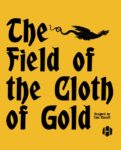
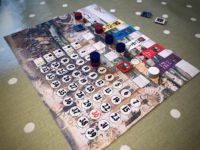
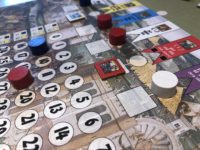
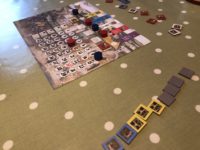
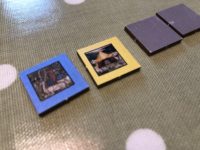


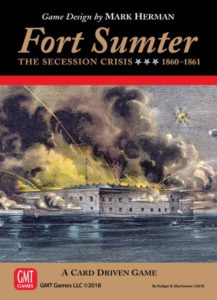

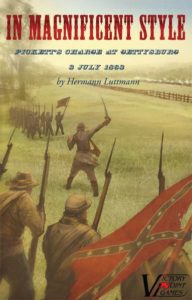
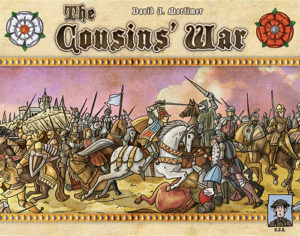
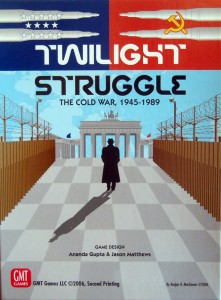
Sam says
It's a very abstract game, this, and although the story behind the Field of the Cloth of Gold is an engaging one - Britain apparently spent a quarter of its wealth on what was essentially an enormous back-slapping festival of nobility - I don't get any sense of narrative from playing it beyond the enforced gifting. That said, it's an interesting excuse for an interesting game, one where almost every decision is weighted because of how the chits are distributed. It's an exercise in fire-fighting where the fire is the opportunities you leave open for the other player, and if the game itself is more abstraction than story, it's an unusual and curious one.